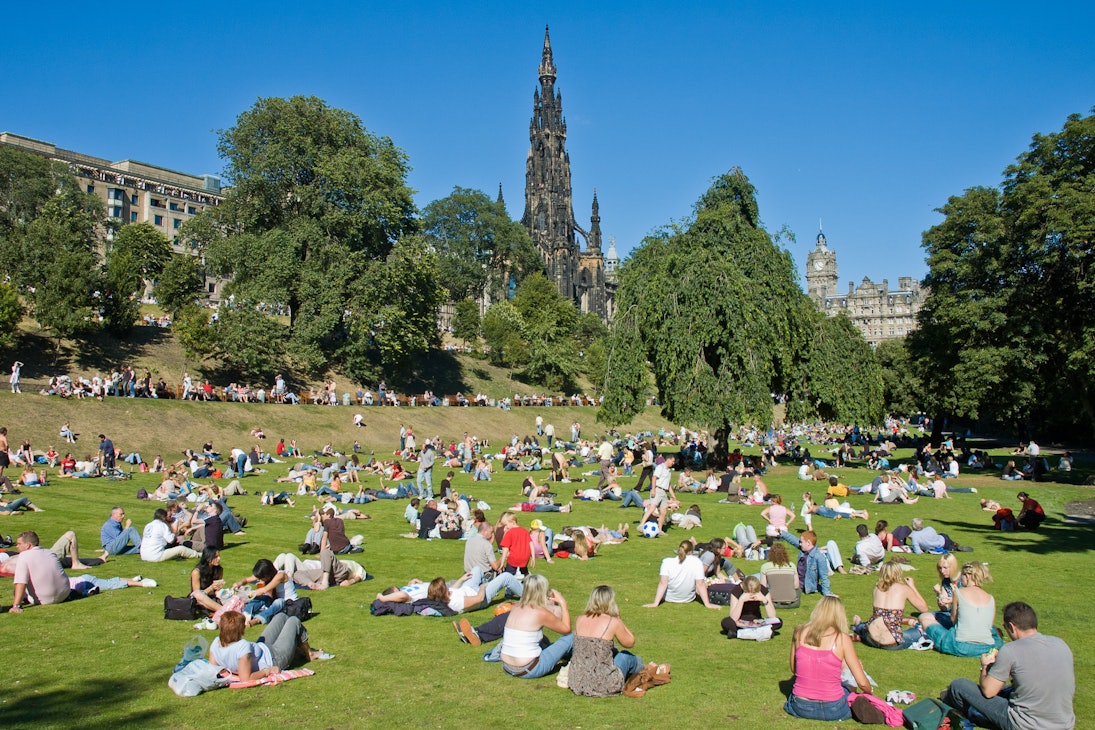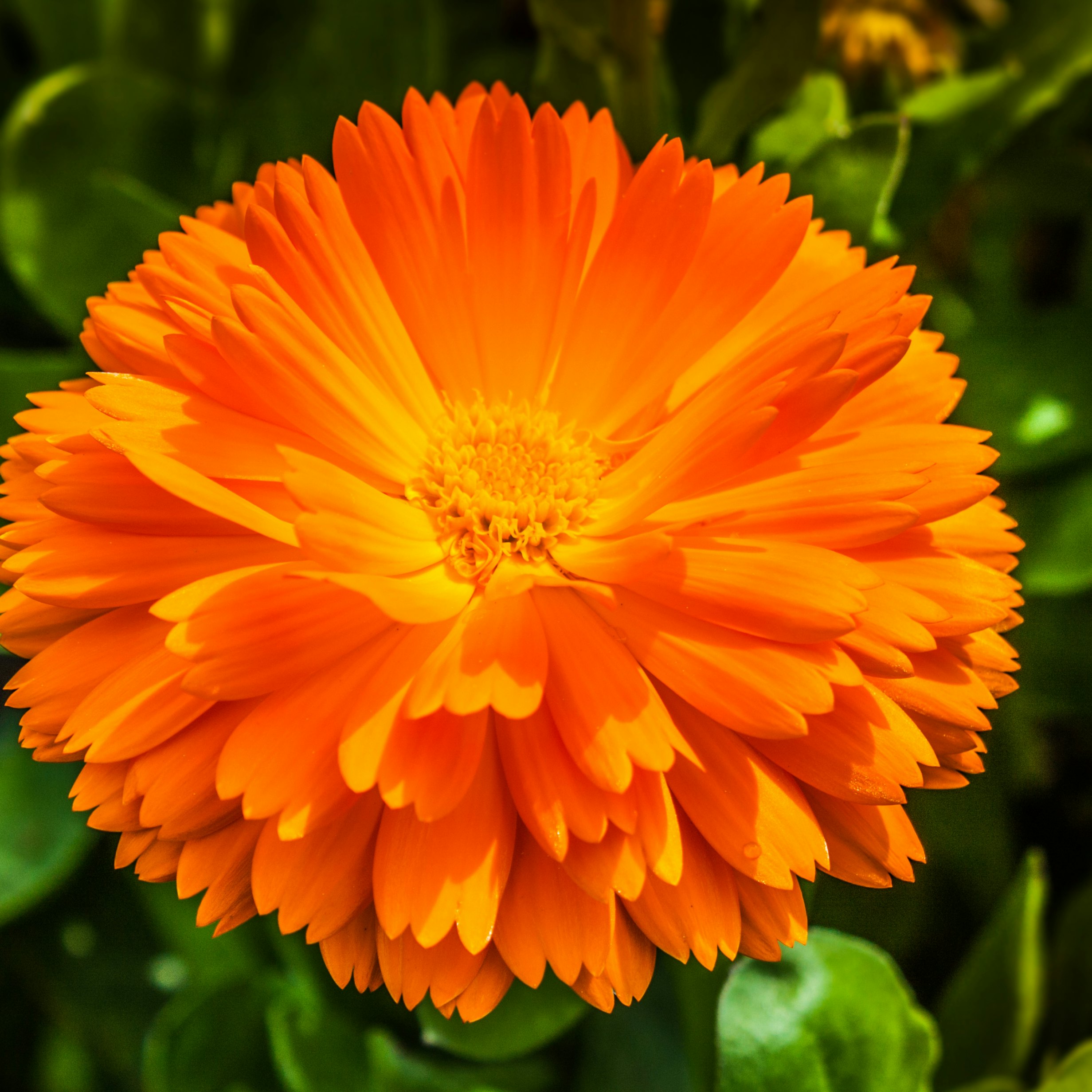
Overview
Edinburgh is a city that begs to be explored, filled with quirky nooks and beautiful views.
Leave the planning to a local expert
Experience the real Edinburgh. Let a local expert handle the planning for you.
Must-see attractions
Planning Tools
Expert guidance to help you plan your trip
Best Things to Do
Edinburgh is the crown jewel of the British Isles, blending the medieval, the regal and the outright fantastic. Here are the top things to do.
Read full article
Best Time to Visit
Atmospheric and minus the crowds in winter, or buzzing with festivals in summer: we explore the best time to visit Edinburgh, Scotland’s artsiest city.
Read full article
Things to Know
Before you visit Edinburgh, find out when to go, what to pack, what kind of currency you'll need and more.
Read full article
Transportation
From bike to bus, find your way around in Edinburgh with our top transportation tips.
Read full article
Free Things to Do
It might be Scotland’s most expensive city but there is a wealth of free things to do in Edinburgh for those on a budget.
Read full article
Best Neighborhoods
From the Old Town to the beach in Portobello, here's a helpful guide to Edinburgh’s best neighborhoods.
Read full article
Day Trips
Edinburgh has plenty of great day trips from historical castles to uninhabited islands, and in the depths of winter you'll have many of these to yourself.
Read full article
Money and Costs
Edinburgh is famously one of the UK's most expensive cities, but that doesn’t mean it has to cost you a pretty penny to visit.
Read full article
5 Shops
Edinburgh offers a diverse range of new and vintage goods, catering to tourists, students and locals alike.
Read full article
Get a book. Get inspired. Get exploring.
in partnership with getyourguide


















